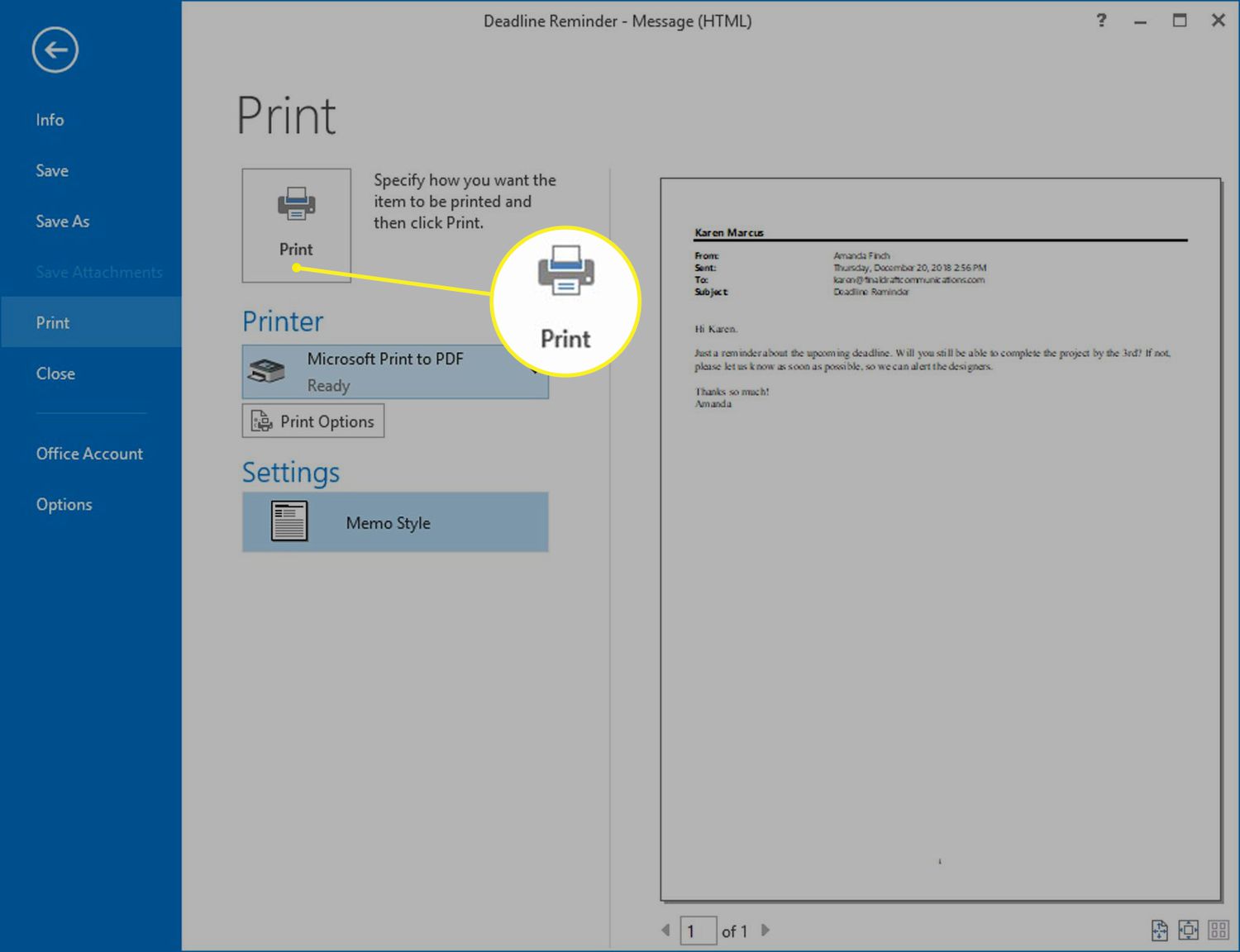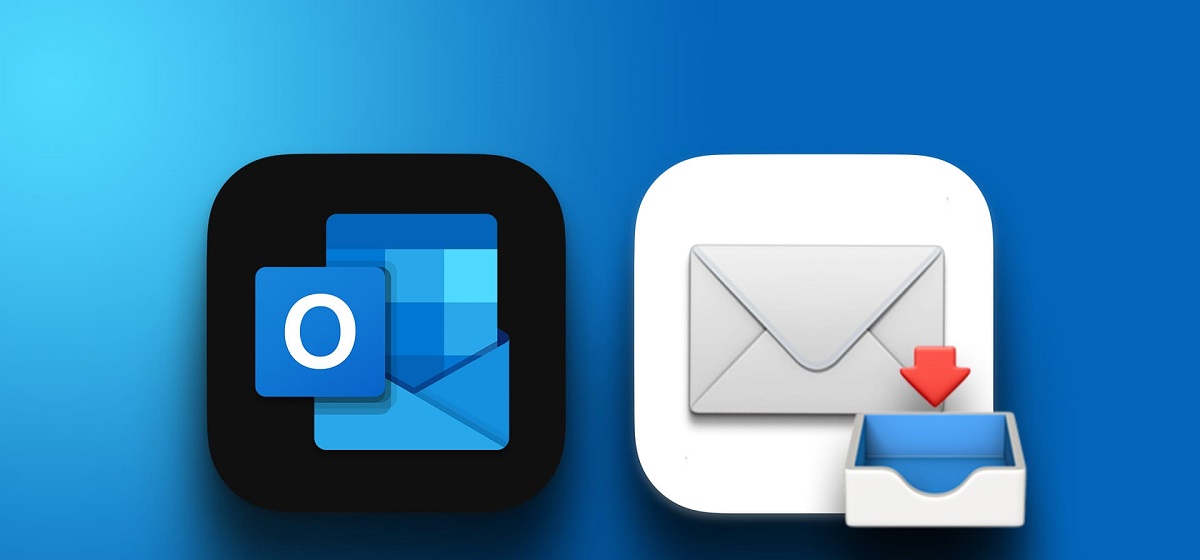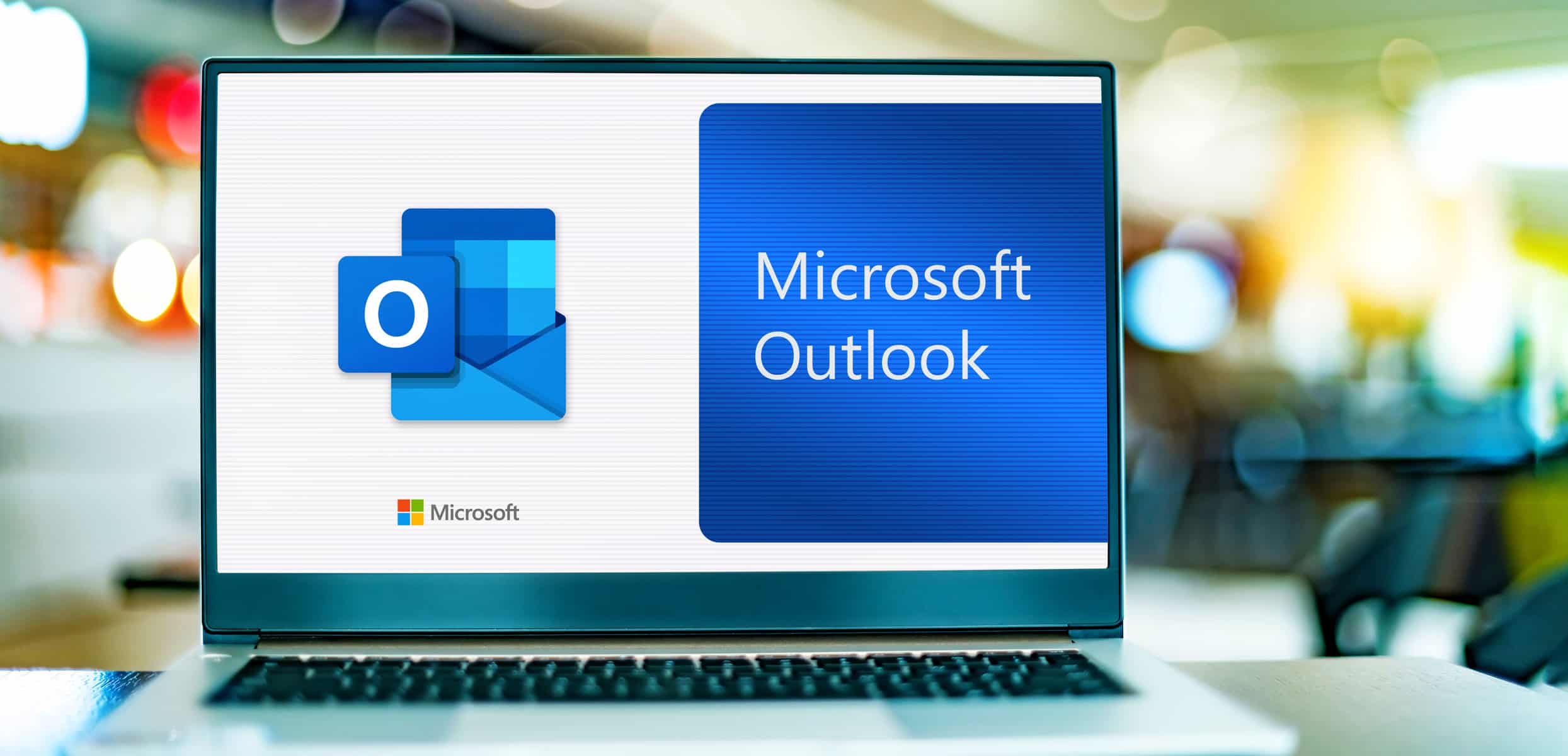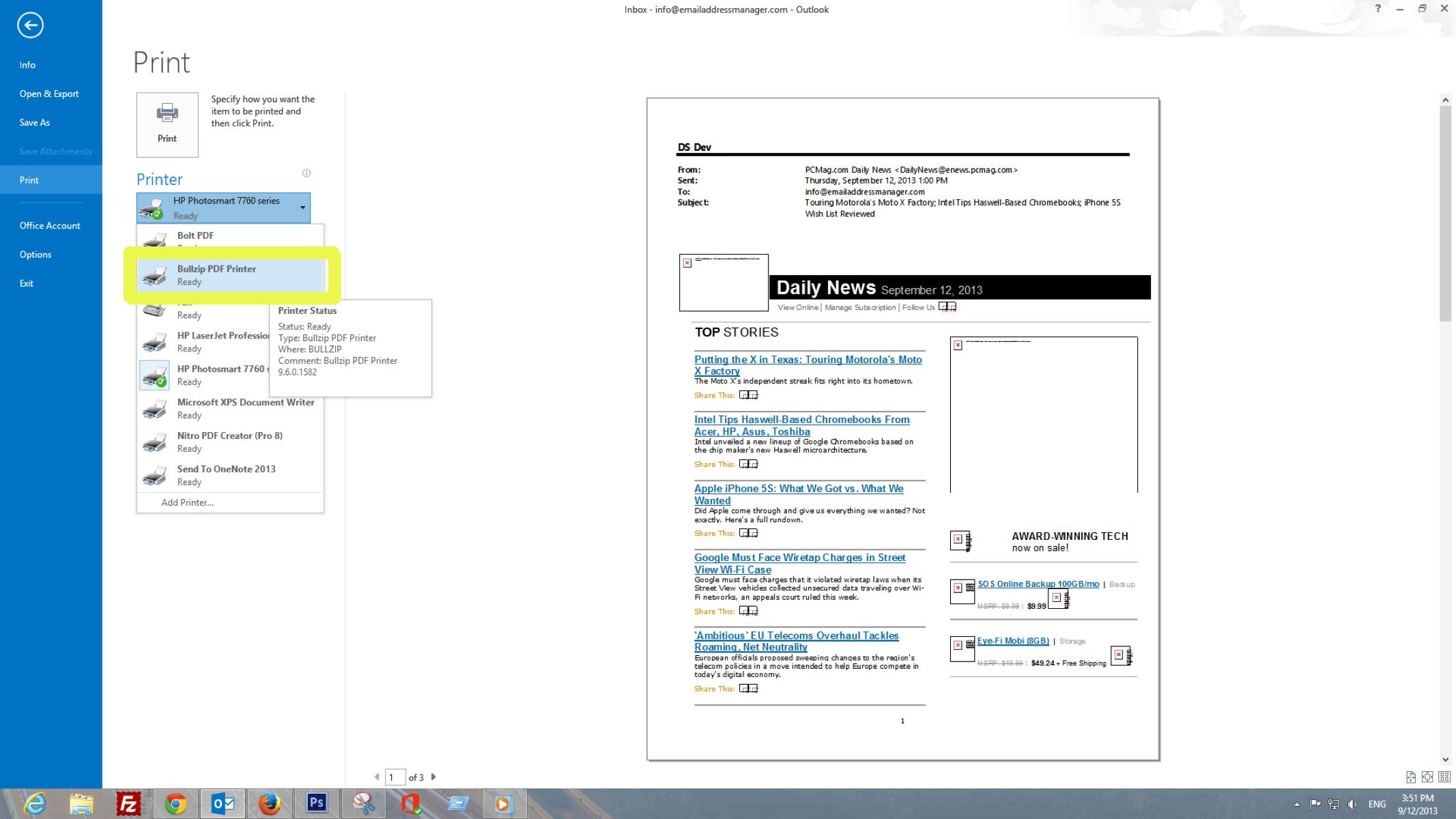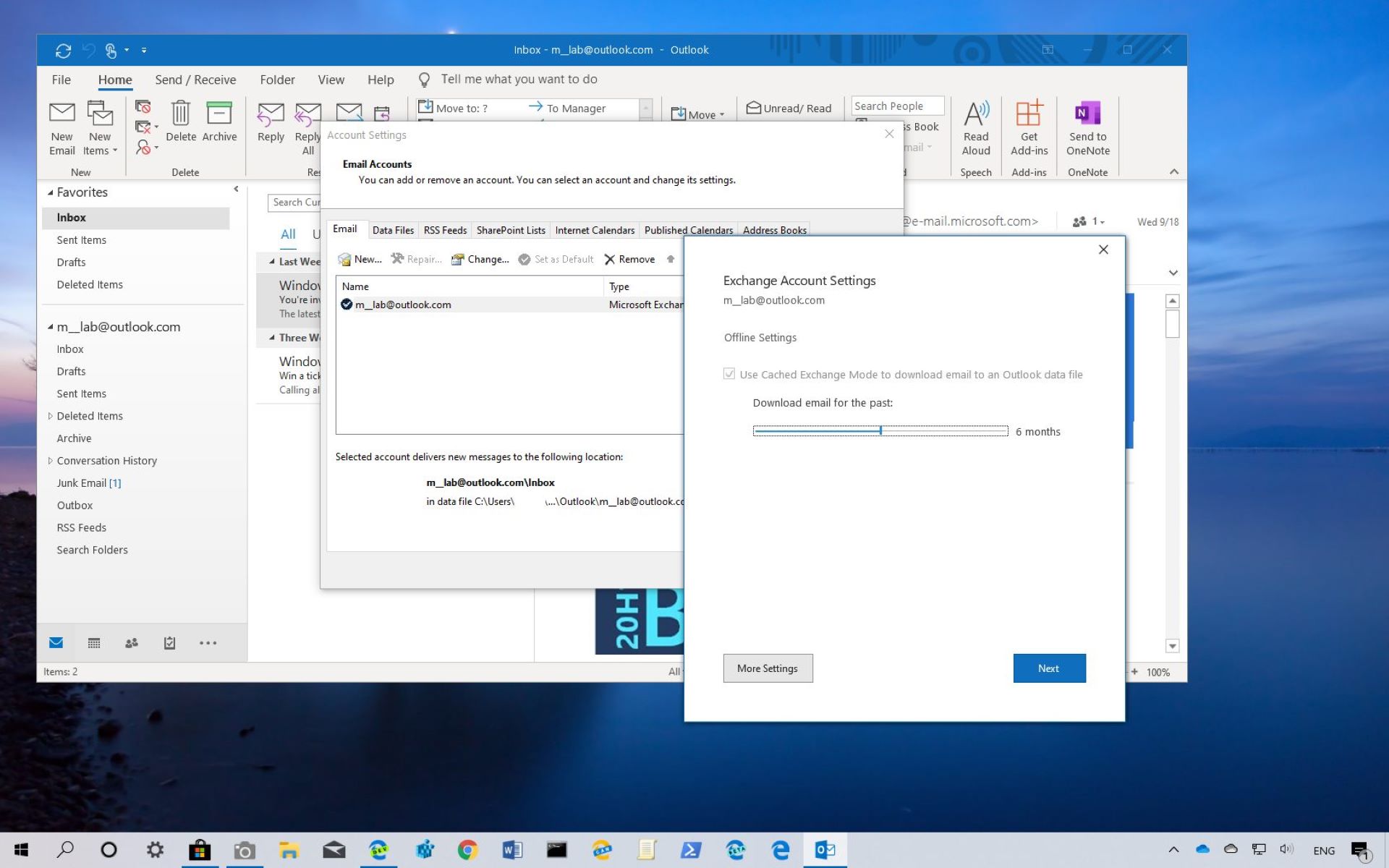Introduction
Microsoft Outlook is one of the most popular email management applications used by individuals and businesses alike. With its advanced features and user-friendly interface, Outlook allows users to send, receive, and organize emails efficiently. However, there may be times when you need to save an important email for future reference or archive purposes. Fortunately, Outlook provides several methods to save emails in different file formats.
In this article, we will explore five different methods to save an Outlook email. Whether you want to save the email as a PDF, a Word document, a text file, an HTML file, or an MSG file, we’ve got you covered. Each method offers unique benefits and can be chosen based on your specific needs and preferences. So, let’s dive in and discover how you can easily save your Outlook emails in various formats.
Before we begin, it’s important to note that the steps provided in this article are based on the latest version of Microsoft Outlook. However, the general steps should be similar across different versions, although the specific options and menu names may vary slightly.
Now that we have set our expectations, let’s move on to the first method of saving an Outlook email as a PDF, which is a widely used and portable file format.
Method 1: Saving an Outlook Email as a PDF
Saving an Outlook email as a PDF is a convenient way to preserve the formatting, attachments, and overall appearance of the email. Whether you need to share the email with others or simply want to store it for future reference, converting it to PDF ensures that it can be easily viewed on any device without the need for specific software or email clients.
To save an Outlook email as a PDF, follow these steps:
- Open Microsoft Outlook and navigate to the email you wish to save.
- Click on the “File” tab in the Ribbon at the top-left corner of the screen.
- Select the “Save As” option from the dropdown menu.
- Choose a location on your computer where you want to save the PDF file.
- In the “Save as type” dropdown menu, select “PDF (*.pdf)”.
- Click on the “Save” button to save the email as a PDF.
- Your Outlook email will now be saved as a PDF file in the chosen location.
By saving an Outlook email as a PDF, you ensure that its content, formatting, and attachments are preserved in a universally compatible file format. This allows you to easily share the email with others, print it, or store it for future reference without worrying about compatibility issues. The PDF format also provides additional security options, such as password protection and restricted editing, making it ideal for sensitive or confidential emails.
In the next section, we will explore another method of saving an Outlook email by converting it into a Word document. This can be particularly useful if you need to edit the content of the email or extract specific information from it.
Method 2: Saving an Outlook Email as a Word Document
If you need to edit the content or make changes to an Outlook email, saving it as a Word document is a practical solution. Converting the email to a Word document allows you to modify the text, format it according to your preferences, and add additional information if needed. Furthermore, having the email in a Word document format makes it easy to share, collaborate, and incorporate it into other documents or reports.
To save an Outlook email as a Word document, follow these steps:
- Open Microsoft Outlook and navigate to the email you want to save.
- Click on the “File” tab in the Ribbon at the top-left corner of the screen.
- Choose the “Save As” option from the dropdown menu.
- Select a location on your computer where you want to save the Word document.
- In the “Save as type” dropdown menu, select “Word Document (*.docx)”.
- Click on the “Save” button to convert and save the email as a Word document.
- Your Outlook email will now be saved as a Word document in the chosen location.
By saving an Outlook email as a Word document, you gain the flexibility to edit the content, apply formatting changes, and customize it according to your specific requirements. This can be particularly helpful when you need to extract specific information from the email, add comments or annotations, or incorporate it into a larger document or presentation.
In the following section, we will explore an alternative method of saving an Outlook email as a text file, which can be useful for plain text extraction and easy accessibility.
Method 3: Saving an Outlook Email as a Text File
Saving an Outlook email as a text file can be handy when you only need the plain text content of the email without any formatting or attachments. Text files are lightweight, easy to read, and compatible with various applications and platforms. This method also allows for quick accessibility and searching of the email content using any text editor or word processing program.
To save an Outlook email as a text file, follow these steps:
- Open Microsoft Outlook and navigate to the email you wish to save.
- Click on the “File” tab in the Ribbon at the top-left corner of the screen.
- Select the “Save As” option from the dropdown menu.
- Choose a location on your computer where you want to save the text file.
- In the “Save as type” dropdown menu, select “Text Only (*.txt)”.
- Click on the “Save” button to save the email as a text file.
- Your Outlook email will now be saved as a plain text file in the chosen location.
By saving an Outlook email as a text file, you strip away any formatting and preserve only the essential textual content. This can be particularly helpful when you need to quickly search for specific information within the email or analyze the content using text analysis tools. Additionally, text files are lightweight and don’t require any specific software to open, making them easily portable and shareable across different devices and operating systems.
In the next section, we will explore another method of saving an Outlook email by converting it into an HTML file, which retains the formatting and structure of the email for web-based viewing.
Method 4: Saving an Outlook Email as an HTML File
If you want to preserve the formatting, images, and hyperlinks of an Outlook email for web-based viewing or embedding in web pages or newsletters, saving it as an HTML file is the way to go. By converting the email into HTML format, you retain the visual elements and layout, making it easier to share the email online or integrate it into HTML-based content.
To save an Outlook email as an HTML file, follow these steps:
- Open Microsoft Outlook and navigate to the email you want to save.
- Click on the “File” tab in the Ribbon at the top-left corner of the screen.
- Select the “Save As” option from the dropdown menu.
- Choose a location on your computer where you want to save the HTML file.
- In the “Save as type” dropdown menu, select “HTML (*.html)”.
- Click on the “Save” button to convert and save the email as an HTML file.
- Your Outlook email will now be saved as an HTML file in the chosen location.
By saving an Outlook email as an HTML file, you preserve the visual presentation of the email, including any images, formatting, and hyperlinks. This is especially useful when you want to share the email online, publish it on a website, or include it in an HTML-based newsletter. The HTML format also allows for easy modification and customization if you want to make any changes to the appearance or structure of the email content.
In the next section, we will explore the final method of saving an Outlook email as an MSG file, which is a proprietary file format used by Outlook for message archiving and sharing.
Method 5: Saving an Outlook Email as an MSG File
Saving an Outlook email as an MSG file allows you to preserve the entire email, including its attachments, folder structure, and metadata. MSG files are a proprietary format used by Microsoft Outlook for archiving individual email messages or for sharing emails with others while maintaining all the necessary details. This method is particularly useful when you need to maintain the integrity of the email as it was originally received or when you want to transfer the email to another Outlook account or computer.
To save an Outlook email as an MSG file, follow these steps:
- Open Microsoft Outlook and navigate to the email you wish to save.
- Click on the “File” tab in the Ribbon at the top-left corner of the screen.
- Select the “Save As” option from the dropdown menu.
- Choose a location on your computer where you want to save the MSG file.
- In the “Save as type” dropdown menu, select “Outlook Message Format (*.msg)”.
- Click on the “Save” button to save the email as an MSG file.
- Your Outlook email will now be saved as an MSG file in the chosen location.
By saving an Outlook email as an MSG file, you retain all the message attributes, including the sender, recipient, subject, date, and attachments. This makes it easier to transfer the email to another Outlook client, maintain the folder structure for archiving purposes, or share the email with others without losing any important information. MSG files can be opened and read in Microsoft Outlook or other email clients that support this file format.
Now that you are familiar with the various methods of saving Outlook emails in different file formats, you can choose the most suitable option based on your specific needs and requirements. Whether you want to preserve the visual formatting, edit the content, extract plain text, retain web-based presentation, or maintain the integrity of the entire email, Outlook provides you with the versatility to achieve your desired results.
Conclusion
In conclusion, Microsoft Outlook offers several methods to save emails in various file formats, allowing you to preserve the content, formatting, and attachments of your important messages. Whether you need to save an email as a PDF, Word document, text file, HTML file, or MSG file, the flexibility of Outlook ensures that you can choose the most suitable format for your specific needs.
Saving an Outlook email as a PDF is ideal for maintaining the visual appearance of the email, making it easily shareable and printable. Converting an email to a Word document enables you to edit the content, format it according to your preferences, and incorporate it into other documents seamlessly. Saving an email as a text file offers simplicity and accessibility, making it easier to search for specific information within the email quickly. Converting an email to an HTML file retains the email’s visual elements and allows for web-based viewing, sharing, and integration into web content. Finally, saving an email as an MSG file ensures the preservation of the entire email, including attachments and metadata, for easier transfer and archiving.
By utilizing these different methods, you can effectively manage your Outlook emails and ensure that you have the flexibility to access and share them in the most appropriate format for each situation. Understanding these techniques empowers you to make the most of Outlook’s features and optimize your email management workflow.
So, the next time you come across an important email that you need to save, refer back to this article and select the method that best suits your requirements. Whether it’s a PDF for visual preservation, a Word document for editing, a text file for simplicity, an HTML file for web-based viewing, or an MSG file for complete archival, Microsoft Outlook has you covered.









